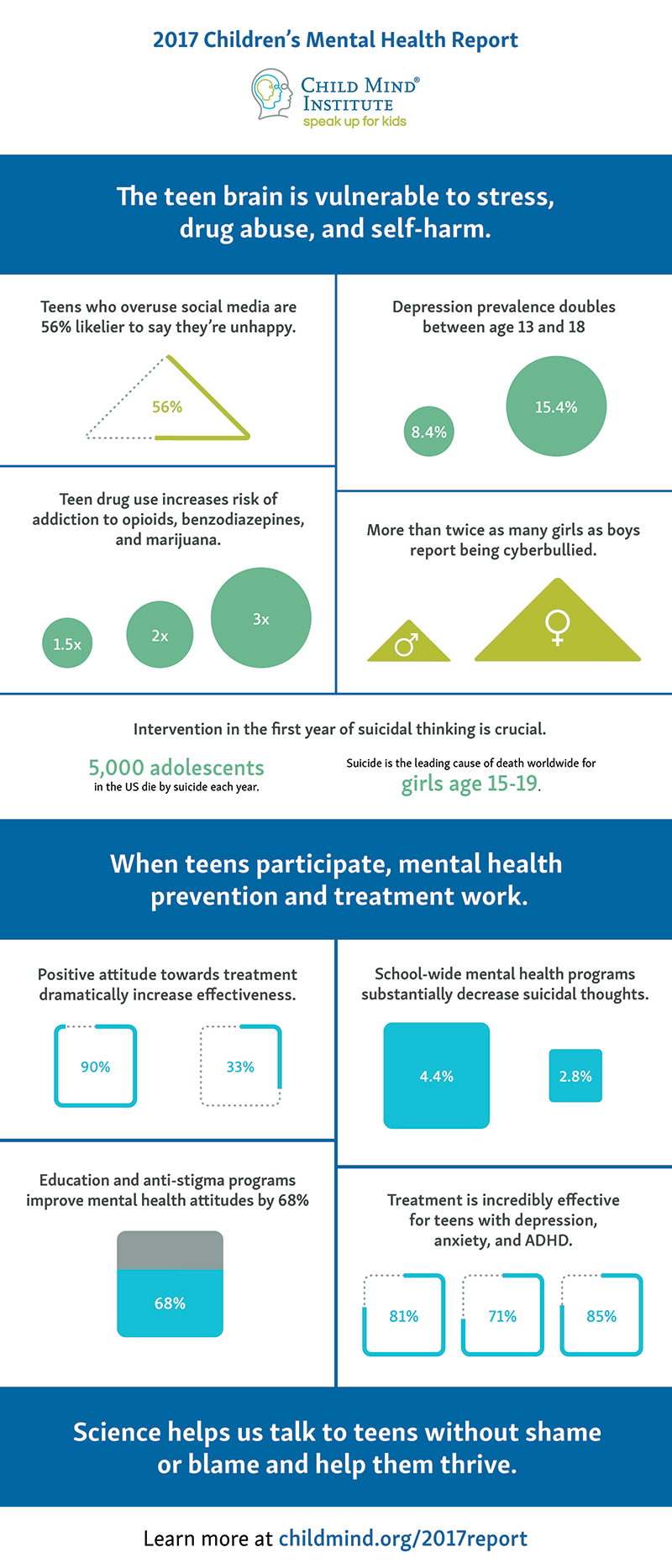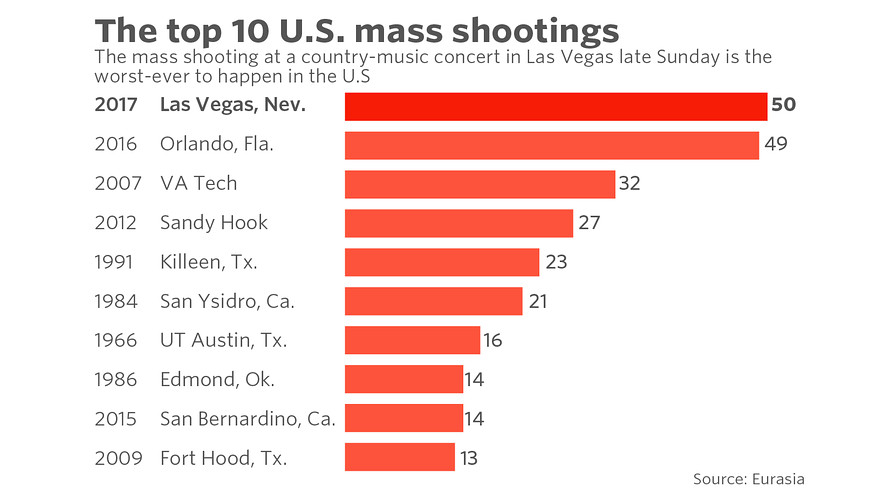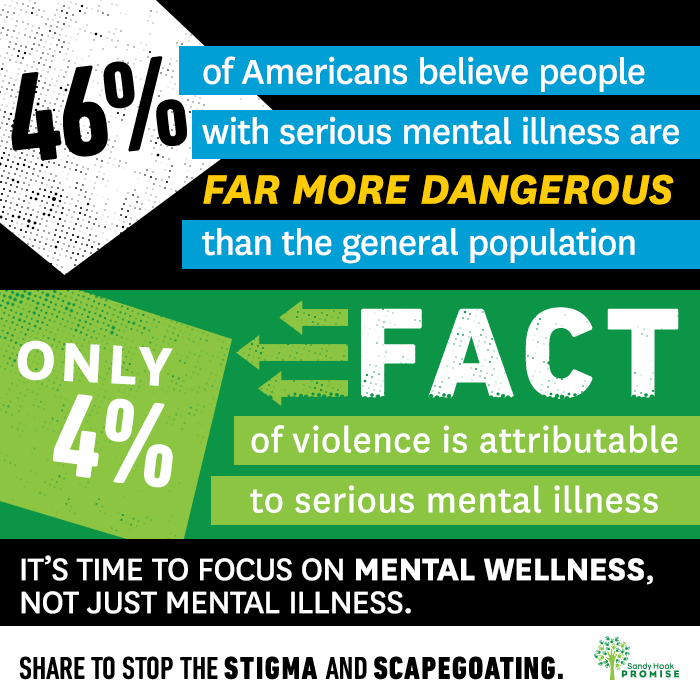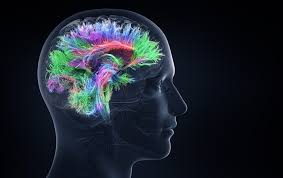 According to the National Institute for Mental Health, about 1 in 5 Americans experience mental illness each year. At the same time, “Mental health issues are often very closely tied to physical health issues,” says Dr. Joseph Cilona, a clinical psychologist. Mental illness is associated with increased occurrence of chronic diseases such as cardiovascular disease, diabetes, obesity, asthma, epilepsy and cancer.” While people visit their health care providers for these health concerns, Americans rarely take preventative measures for their mental health issues. The annual screens could help reduce the $200 billion is lost wages to the U.S. economy and suicide is the 10th leading cause of death in the U.S. leading to a cost of $51 billion a year.
According to the National Institute for Mental Health, about 1 in 5 Americans experience mental illness each year. At the same time, “Mental health issues are often very closely tied to physical health issues,” says Dr. Joseph Cilona, a clinical psychologist. Mental illness is associated with increased occurrence of chronic diseases such as cardiovascular disease, diabetes, obesity, asthma, epilepsy and cancer.” While people visit their health care providers for these health concerns, Americans rarely take preventative measures for their mental health issues. The annual screens could help reduce the $200 billion is lost wages to the U.S. economy and suicide is the 10th leading cause of death in the U.S. leading to a cost of $51 billion a year.
In addition, there are large barriers for patients seeking professional support. In most situations, there are long appointment times and without insurance coverage, the out-of-pocket costs are too high for patients to maintain treatment.“Historically, mental healthcare and assessing for mental wellness has held a stigma in our society,” says Dr. Scott Hall, professor of clinical mental health counseling at the University of Dayton. “This has contributed to yearly mental health assessments being left out of mainstream preventative care.” Dr. Brooke Myers Sorger, a clinical psychologist, finds that “it is still difficult for individuals to be forthcoming about their emotional challenges.” During annual exams, there are so many questions that mental health is not assessed fully. In the meantime, we must advocate for ourselves. Many mental health professionals who don’t take insurance will work on a sliding scale. In addition, we can monitor our wellness with simple check-ups as suggested by the American Psychiatric Association:
https://www.psychiatry.org/news-room/apa-blogs/apa-blog/2015/10/a-brief-mental-health-checkup
This check-list can bring awareness to areas that can affect our wellness and can be used to bring up areas of concern with healthcare providers.
For more information please visit:
http://www.corporatewellnessmagazine.com/mental-health/prioritize-stress-mental-health/













